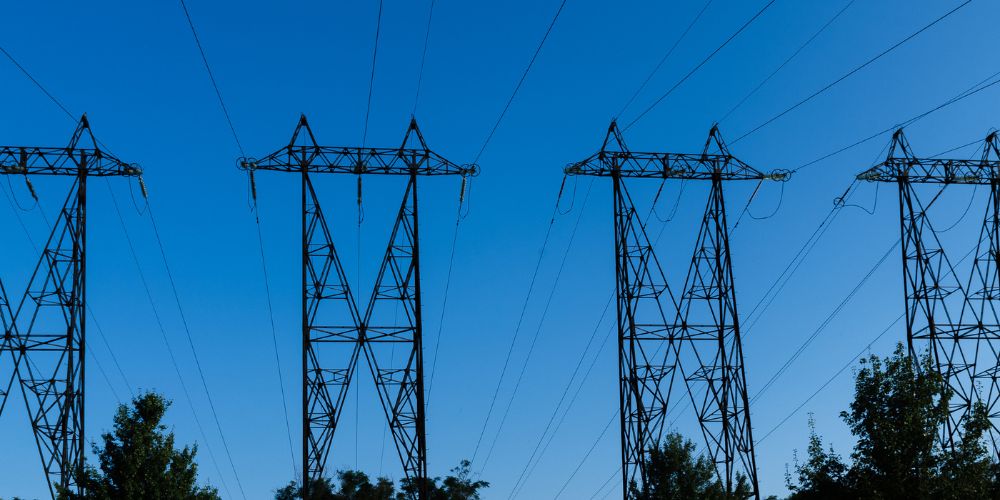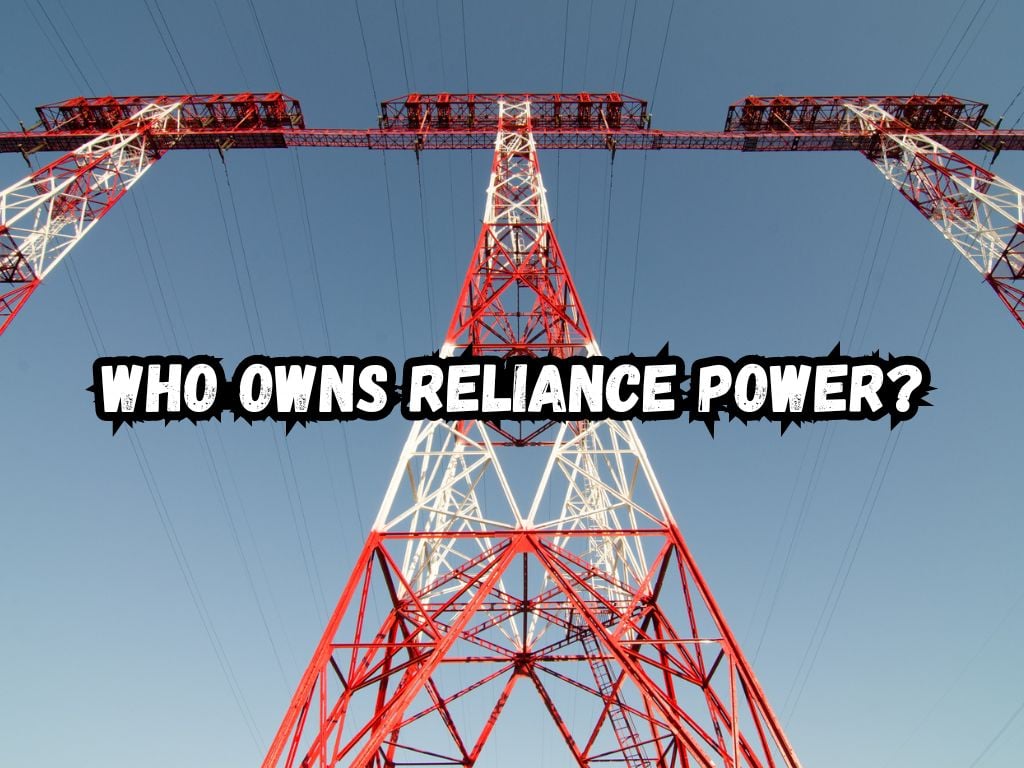Reliance Power, a prominent player in the Indian energy sector, holds a significant position in the country’s power generation and distribution landscape. As an investor or someone interested in the company’s affairs, understanding who owns Reliance Power is crucial.
This article aims to provide insight into the ownership of Reliance Power, shedding light on the major shareholders, their stakes, and the key individuals involved.
Background of Reliance Power
Reliance Power came into existence in 2007 as a subsidiary of Reliance Anil Dhirubhai Ambani Group (Reliance Group), which is a part of Reliance Industries Limited (RIL).
The purpose behind its formation was to address the growing power requirements of India. Being a part of the esteemed Reliance Group, Reliance Power has been able to leverage the expertise and experience of the conglomerate in various sectors.

Ownership Structure of Reliance Power
Reliance Power’s ownership structure encompasses a diverse range of stakeholders. The major shareholders include Reliance Group and its subsidiaries, public shareholders and institutional investors, as well as promoter entities and individuals.
Together, they shape the company’s ownership and play a crucial role in the decision-making process.
Reliance Group, under the leadership of Anil Ambani, holds a substantial stake in Reliance Power. It is the largest shareholder in the company, using its ownership to drive the strategic direction of the firm. The exact shareholding of the Reliance Group varies, but it consistently remains a dominant force in the company’s ownership structure.
Apart from the Reliance Group, public shareholders and institutional investors also own a significant portion of the company’s shares.
These shareholders include individual investors, mutual funds, and other financial institutions who have invested in Reliance Power. Their ownership stakes collectively contribute to the overall shareholder base and impact the company’s governance and decision-making processes.
Promoter Entities and Individuals
In addition to the Reliance Group’s ownership, there are various promoter entities and individuals associated with Reliance Power. These entities typically hold a substantial stake in the company.
Anil Ambani, as the chairman of Reliance Power, is a prominent figure and a major stakeholder. His leadership and strategic direction shape the company’s operations and long-term vision.
Key Personalities Involved
Anil Ambani: Chairman and Major Stakeholder
Anil Ambani, a prominent figure in the Indian business landscape, serves as the chairman of Reliance Power. Having a major stake in the company, Ambani’s influence and contributions are crucial to its overall direction and success.
With extensive experience and entrepreneurial acumen, he has played a vital role in shaping Reliance Power’s growth in the energy sector. His visionary leadership has been instrumental in steering the company towards achieving its goals.
Other Key Individuals in the Reliance Group
In addition to Anil Ambani, there are other key individuals associated with the Reliance Group who contribute to Reliance Power’s ownership and strategic decisions.
These individuals hold important positions within the conglomerate and have a significant impact on the company’s operations. Their expertise, knowledge, and strategic insights help shape the company’s policies, investments, and growth strategies.
Expertise and Contributions
Anil Ambani’s extensive experience and understanding of the business ecosystem have been instrumental in Reliance Power’s success. With a deep understanding of the energy sector, Ambani has been able to guide the company towards opportunities and navigate challenges effectively.
His leadership skills, combined with his entrepreneurial mindset, have helped in driving innovation and fostering a culture of growth within the organization. Under his guidance, Reliance Power has been able to establish itself as a major player in India’s energy industry.
Recent Developments
Reliance Power has witnessed some recent changes in its ownership structure, which have influenced the company’s operations and future outlook. These changes are a reflection of the evolving dynamics within the conglomerate and the broader energy industry.
While the specifics of recent developments may vary, it is significant to note the impact these changes have on Reliance Power. They often indicate shifts in strategy, investment patterns, and potential collaborations that are likely to shape the company’s growth trajectory in the coming years.

Frequently Asked Questions
The biggest shareholders of Reliance Power are the entities within the Reliance Group, including Anil Ambani, and public shareholders/institutional investors.
How has the ownership structure changed over the years?
The ownership structure of Reliance Power has experienced periodic changes due to factors such as investments, divestments, and acquisitions. These changes are influenced by market dynamics and the strategic priorities of the company.
What is the role of Reliance Industries Limited in Reliance Power’s ownership?
Reliance Industries Limited (RIL), a diversified conglomerate, serves as the parent company of the Reliance Group, of which Reliance Power is a subsidiary. RIL provides strategic guidance and support to Reliance Power in various areas, including capital and operational planning.
How much control does Anil Ambani have over Reliance Power?
As the chairman of Reliance Power and a major stakeholder, Anil Ambani has considerable control over the company’s strategic decisions and direction.
Conclusion
Understanding the ownership structure of Reliance Power is vital for investors, industry observers, and individuals interested in the energy sector. With the Reliance Group and Anil Ambani holding significant stakes, the company’s future growth plans and strategic decisions are shaped by their vision.
By staying informed about recent developments and key personalities involved, stakeholders can gain valuable insights into the present and potential trajectory of Reliance Power.


 Tags:
Tags:










